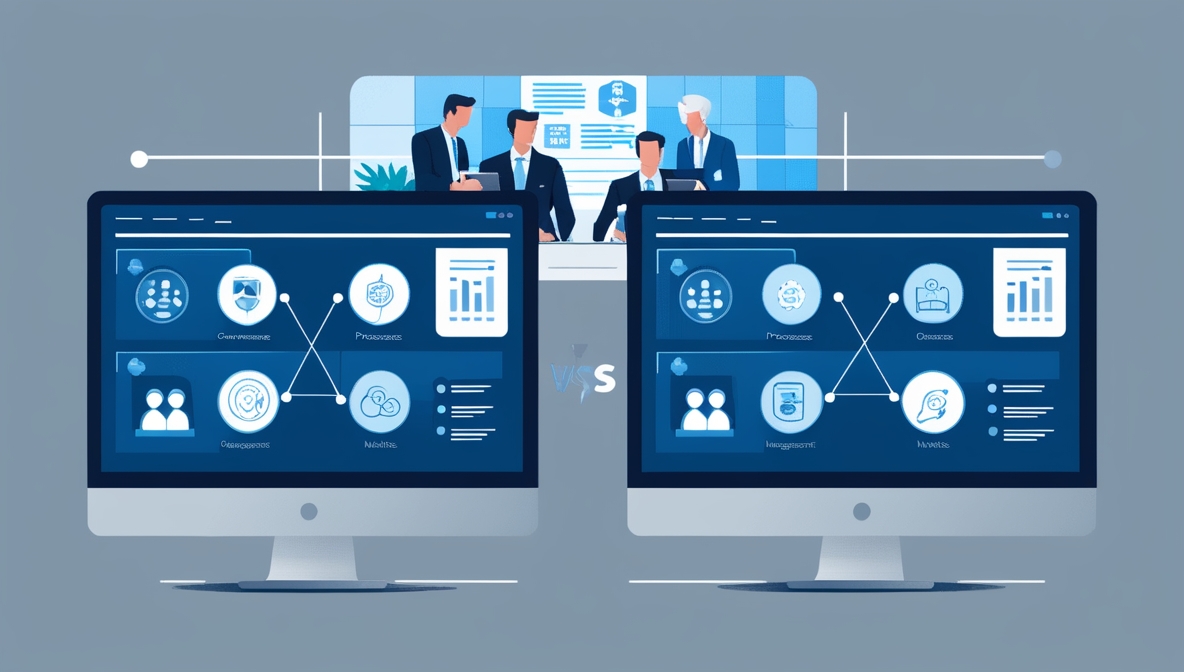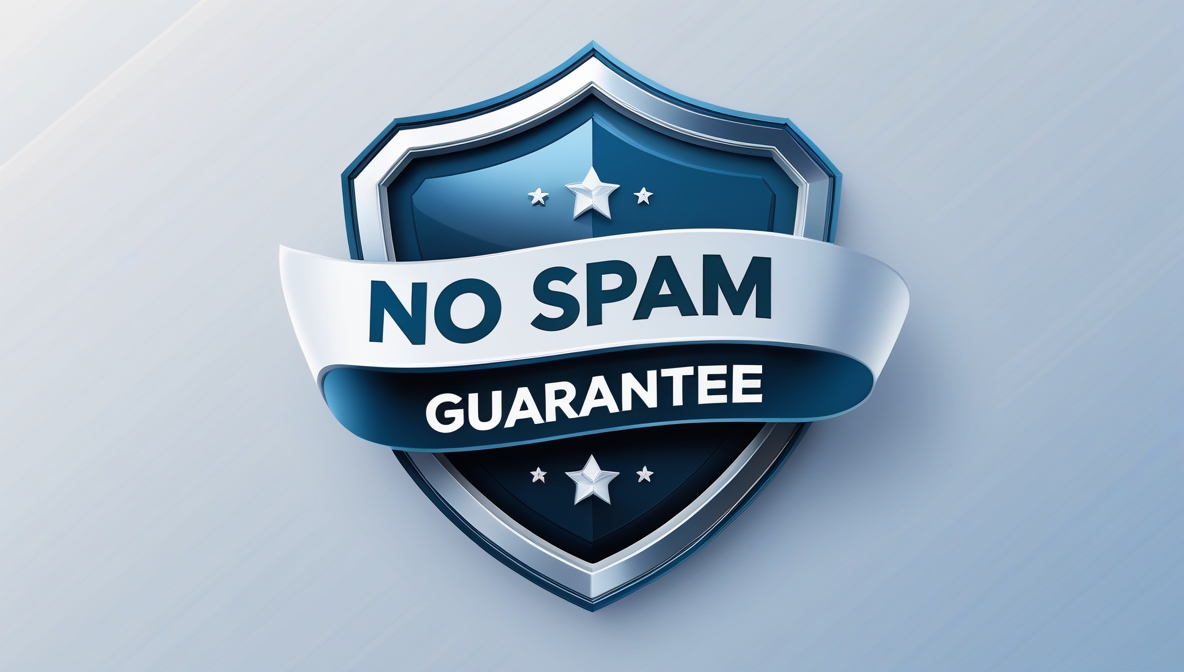This comprehensive analysis provides an in-depth comparison of the COBIT 4.1 and COBIT 5 frameworks, emphasizing the enhancements and transitions in governance models, processes, and practices. It serves as a guide for understanding the evolution from COBIT 4.1 to the more integrated and stakeholder-focused COBIT 5.
IT governance constantly evolves, necessitating frameworks that effectively align IT processes with business goals. As organizations grapple with challenges like data security, regulatory compliance, and technological integration, frameworks like COBIT have become essential. They offer structured guidance, ensuring IT investments support and extend organizational objectives. This necessity for effective IT governance models has led to the development and subsequent updates of the COBIT framework, making the transition from COBIT 4.1 to COBIT 5 a critical juncture for businesses aiming to stay ahead in an increasingly.
This comparison of COBIT 4.1 to COBIT 5 outlines the evolutionary steps between two pivotal frameworks in IT governance. With the technological landscape becoming increasingly complex and integral to business operations, the need for robust and adaptable governance frameworks has never been more pressing. This document addresses this necessity by providing a clear, structured comparison of COBIT 4.1 and COBIT 5, highlighting the enhanced focus on stakeholder value, risk management, and resource optimization in COBIT 5. It is a valuable resource for IT professionals and organizational leaders seeking to align IT goals with overall business objectives.
The comparison further delves into the specifics of both frameworks, offering tangible insights into the expanded principles and processes. For instance, it sheds light on integrating additional governance and management practices in COBIT 5, designed to facilitate better decision-making and strategic alignment. Such details assist in understanding the operational and strategic improvements offered by COBIT 5 and aid in the seamless transition from COBIT 4.1. This comparative analysis of Cobit 4.1 vs Cobit 5 is an indispensable guide for organizations aiming to upgrade their IT governance structure in alignment with modern business requirements and technological advancements.
Main Contents:
- Comparative Overview of COBIT 4.1 and COBIT 5 Frameworks
- Analysis of Governance and Management Enhancements in COBIT 5
- Detailed Review of Process Models and Practices Transition
- Stakeholder Value and Business Objective Alignment in COBIT 5
- Implementation and Integration Strategies for COBIT 5
Key Takeaways:
- COBIT 5 introduces a more integrated approach to IT governance, focusing on broader stakeholder value.
- Enhanced risk management and resource optimization are central to the COBIT 5 update.
- The transition from COBIT 4.1 to COBIT 5 involves substantial changes in governance models and practices.
- COBIT 5 aligns IT goals more effectively with overall business objectives, facilitating better strategic decision-making.
- The document provides practical insights for organizations planning to upgrade their IT governance to COBIT 5.
This COBIT 4.1 to COBIT 5 comparison can be a crucial tool for CIOs and IT leaders in addressing the challenges of aligning IT strategies with business objectives. The detailed comparison of frameworks enables them to understand the structural and operational enhancements of COBIT 5, particularly in areas like stakeholder engagement, risk management, and resource optimization. This understanding is critical for leaders seeking to modernize their IT governance per current industry standards and business requirements.
Moreover, the document provides practical guidance for transitioning from COBIT 4.1 to COBIT 5. It offers insights into integrating new governance models and practices, which are essential for IT leaders in making informed decisions about updating their systems. This is especially valuable for organizations aiming to improve their IT efficiency, compliance, and value delivery, ensuring that their IT infrastructure is supportive and a driving force in achieving business goals.

